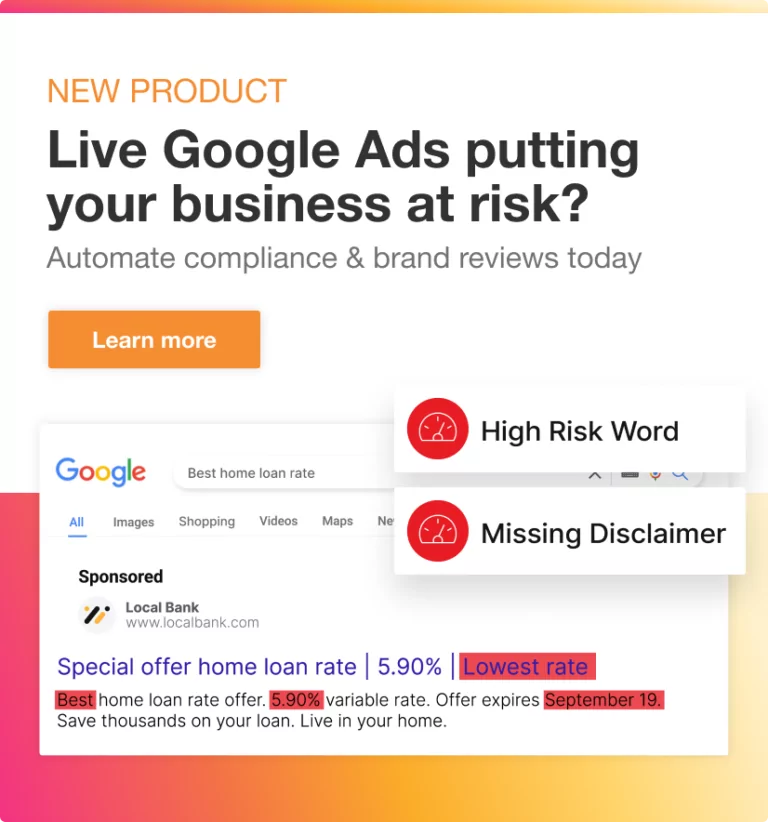Your brand is one of your company’s most valuable assets. It’s what sets you apart from your competitors and what customers remember long after they’ve forgotten the product or service you provide. Given a brand’s importance, it must be protected by a formalized set of rules on how it’s presented to the world. These rules are known as brand guidelines, brand style guides and even ‘brand bibles’ for those who like to hammer home their importance. They contain standards for how the brand is presented visually and verbally and are a tool that should be shared widely within your organization, as well as partners and creative agencies.
Why are brand guidelines important?
They aid brand recognition
They demonstrate professionalism
A cohesive and consistent brand image conveys a level of professionalism that your brand takes its identity seriously. This enhances trust and credibility among customers, partners and stakeholders.
They are efficient
They build brand equity
Brand equity is the intangible value a brand holds as a result of its positive perceptions and associations which leads to customer loyalty and sales.
They serve as a base for change
What goes into brand guidelines?
Having a good brand style guide doesn’t mean cramming in as many rules as you can muster. At a minimum, a solid brand style guide must have these core elements to set standards for consistency. But where do you start? And where do you finish?
Brand story
Everybody loves a story. Particularly an authentic and inspirational one that resonates with them. A brand story runs for a paragraph or two and captures the company’s history, its values, mission, what it delivers and why it delivers it. Write it as you’d say it and lose any pretentious vocabulary.
Your brand’s personality is its human characteristics. It’s what people imagine your brand would be if they met it in person. What does your brand look like? What does it sound like? A brand’s personality is the emotional connection customers make that ultimately decides – all things being equal – whether they choose you over your competitors.
Visual assets
- Logo and how it appears in various mediums, sizes, context and orientation
- Tagline and how it interacts with your logo
- Color palette and how these are represented in CMYK, Pantone, HEX, RGB etc.
- Typefaces and hierarchy
- Imagery, photography, illustrations and design elements
- Co-brand partner lock ups
- Examples of what not to do
Closely connected to your brand personality, your Tone of Voice or ‘TOV’, is how your brand speaks to its audience and sets itself apart from the competition. It’s not just what you say, but how you say it. TOV should extend beyond advertising to include PR, corporate communications and emails.
Contact details
Within the brand guidelines document, it is crucial to provide users with readily accessible contact details. These details serve as a valuable resource for any inquiries, questions, or requests for approval that users might have. Ensuring that users know where to direct their queries contributes to a streamlined communication process and facilitates adherence to brand standards.
Other brand guideline inclusions
- Brand vision/mission
- Manifesto
- How to visualize data
- Infographics
- Language examples
- Diversity and inclusion
- Gallery of ‘Best of the Best’ creative examples
Once you go beyond this type of direction, you’re compiling what is known as a brand book, which is a more instructive guide to implementation i.e. What you say, not just how you say it. Pre-set creative templates would be a great example of this.
How to present brand guidelines
It’s for that reason, brand guidelines cannot thrive as a PDF in a dusty corner of Dropbox. They need to be brought to life and understood. The best way to achieve this is housing them live as online brand guidelines so they are engaging, accessible and always up to date.
Delivering brand guidance online allows you to incorporate things such as:
- A video of your founder making an inspirational address
- Audio demos showing examples of voice over styles
- Connections to your wider online creative assets or marketing compliance software
- Self-serve download tools
- Streamlined brand request forms
Hosting brand style guides in an online portal also elevates their value and importance. It provides maximum visibility and leaves no one wondering whether they have the latest version. It is the most engaging, fastest, clearest way to achieve cohesive brand marketing – from major campaigns to email signatures.




